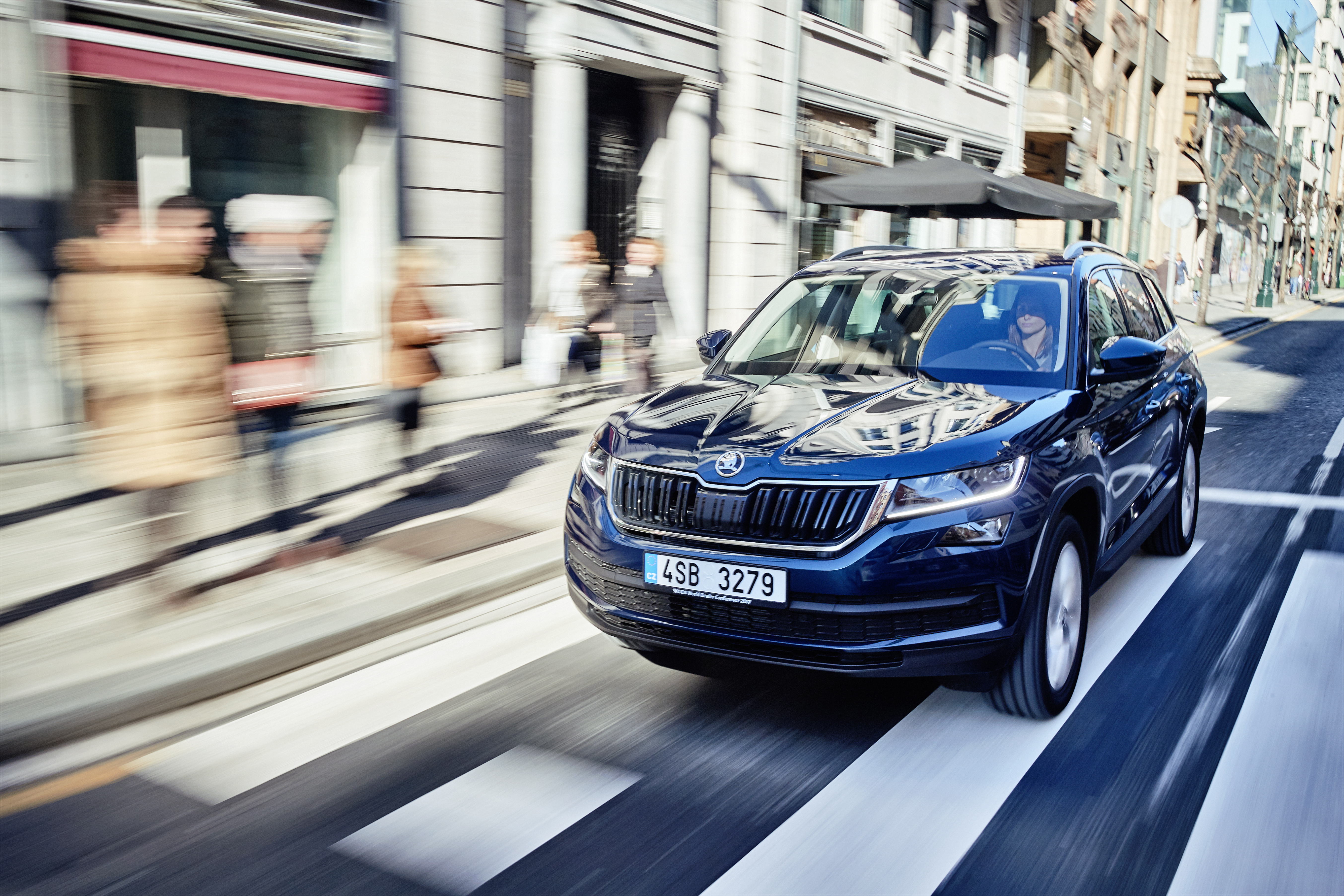Expect the unexpected
Keep in mind that even if you are following all the rules, that doesn’t mean that everybody else is. So drive defensively, keep your eyes open, and try to anticipate what others will do. “If you assimilate good driving habits, you’ll find it easier to notice drivers who drive badly, and you’ll be better prepared to react to any unpredictable manoeuvres,” Karel Mulač says. “Expect the unexpected” is the next key piece of advice.

In any case, try to stay calm and focused behind the wheel. “Letting your mind wander can have unwanted consequences,” Mulač adds. Don’t get distracted by your mobile phone, kids on the back seat or even the recollection of an unpleasant chat with your boss. “Sometimes that’s easier said than done. But drivers who are constantly aware of the need to concentrate find it easier to ignore distractions,” the road safety expert emphasises.
This awareness will make you able to drive more smoothly and safely. The process will become second nature to you and your drive will be calmer, which means safer. So the next time you head out into rush-hour traffic, leave your worries behind you and concentrate on the driving. This will help you improve your driving habits with every journey. That’s beneficial for you, and ultimately for other road users as well.
























